Christy O'Connor on Nickie Quaid's chances of making it back for Limerick next season
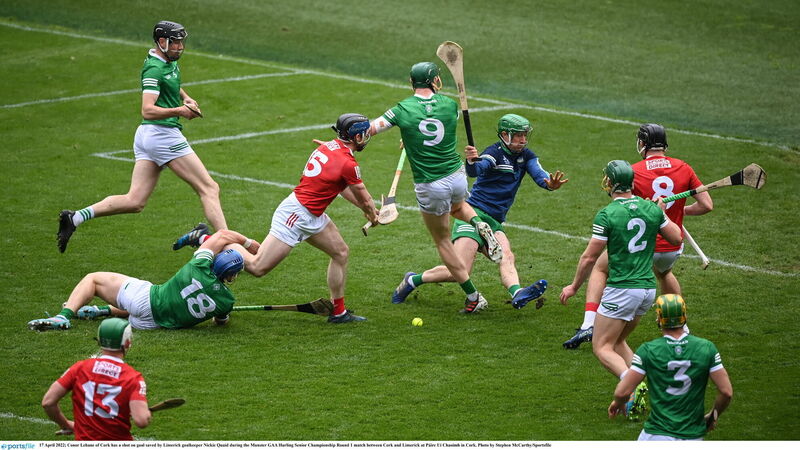
Conor Lehane of Cork has a shot on goal saved by Limerick goalkeeper Nickie Quaid at Páirc Uí Chaoimh. Picture: Stephen McCarthy/Sportsfile
On the TV show ‘My BodyFix’, the six-part medical series which was screened on RTÉ last autumn, the programme followed six patients, each with different illnesses and injuries as they braced themselves for surgery.
Showcasing the latest in virtual reality and 3D imaging technology, with patients seeing inside their own bodies, the show’s premise was to highlight the importance of the patient having autonomy around their own health.
One of the episodes featured Davy Burke, the Galway hurler, who suffered an anterior cruciate ligament (knee) tear in March of 2023. Early on in that episode, Burke asked Professor Cathal Moran if there was any other avenue available other than surgery to rehab the injury
“We’ve had a few athletes in the past who have tried the rehab alone but, unfortunately, it doesn’t tend to work out,” said Moran. “More often than not, the knee won’t stand up to the rigours of twisting and turning.”
The technology used to help players understand the injury, and what’s required to repair the damage, is so advanced now that Burke was able to look at the model of his own knee on a virtual reality headset, where he could visibly see the tear on the ACL from multiple angles.
When Moran was asked by Burke when he might be able to return to play, he outlined a clear time-frame. “We say to athletes that it takes the best part of nine months,” said Moran.
At that stage, even before he had the operation, Burke was trying to tease out the rough timeframe of when he might be able to return to play. At his age though, some people had already made up their minds on that potential outcome, and the likelihood of it even happening.
“People have asked me already, ‘Is it over?” said Burke to the show’s host Kathryn Thomas. “It feels embarrassing in some ways because they’re nearly wanting to retire me in a way. It’s a year-ending injury really but you can’t put a time on it. You’re that bit older so the biggest challenge for me is can I get back to playing that elite level sport? I think I can. Definitely.”
Burke certainly met that target. If anything, he exceeded it. Seven months to the day from getting injured, Burke came on as a substitute in St Thomas’ 2023 county semi-final win against Sarsfields. When Thomas’ won a second All-Ireland title three months later, Burke was the best player on the pitch in the final against O’Loughlin Gaels, continuing to fit his profile of general and conductor.
Getting back on the field so quickly, and having such an impact, was a testament to Burke’s power of recovery, and his immense mental and physical strength. The next challenge then was to play with Galway again, especially when he hadn’t played championship for the county since the 2022 All-Ireland semi-final.
That was his 64th championship appearance, the highest on Galway’s all-time list. This year, Burke drove that figure up to 68, featuring in four of Galway’s five championship matches, starting three. Despite being 35 in January, Burke is expected back with Galway again next year.
Nickie Quaid, who is a year older again than Burke (seven months to be exact), faces another huge challenge now after tearing his ACL recently. Could he do what Burke managed and get back on the field within seven months? If so, that would pitch Quaid back into the frame for Limerick at the start of June 2025.
Is that possible, or was Burke’s return in such a short time just a freak? In a study done on German football last year, conducted from an analysis on return to competition from an ACL injury, data was collected from three subsequent seasons after injury and compared with the pre-injury and injury season.
From a total of 607 ACL injuries, the fastest return to play was 247 days, just over eight months.
Re-ruptures occurred in 17.8% of cases, while the study’s conclusion found a significant reduction in playing level and a high rate of career endings - 20% of professional players, and 36.7% of semi-professional players. The data also showed how only professional players were able to regain their playing minutes and games two years after injury.
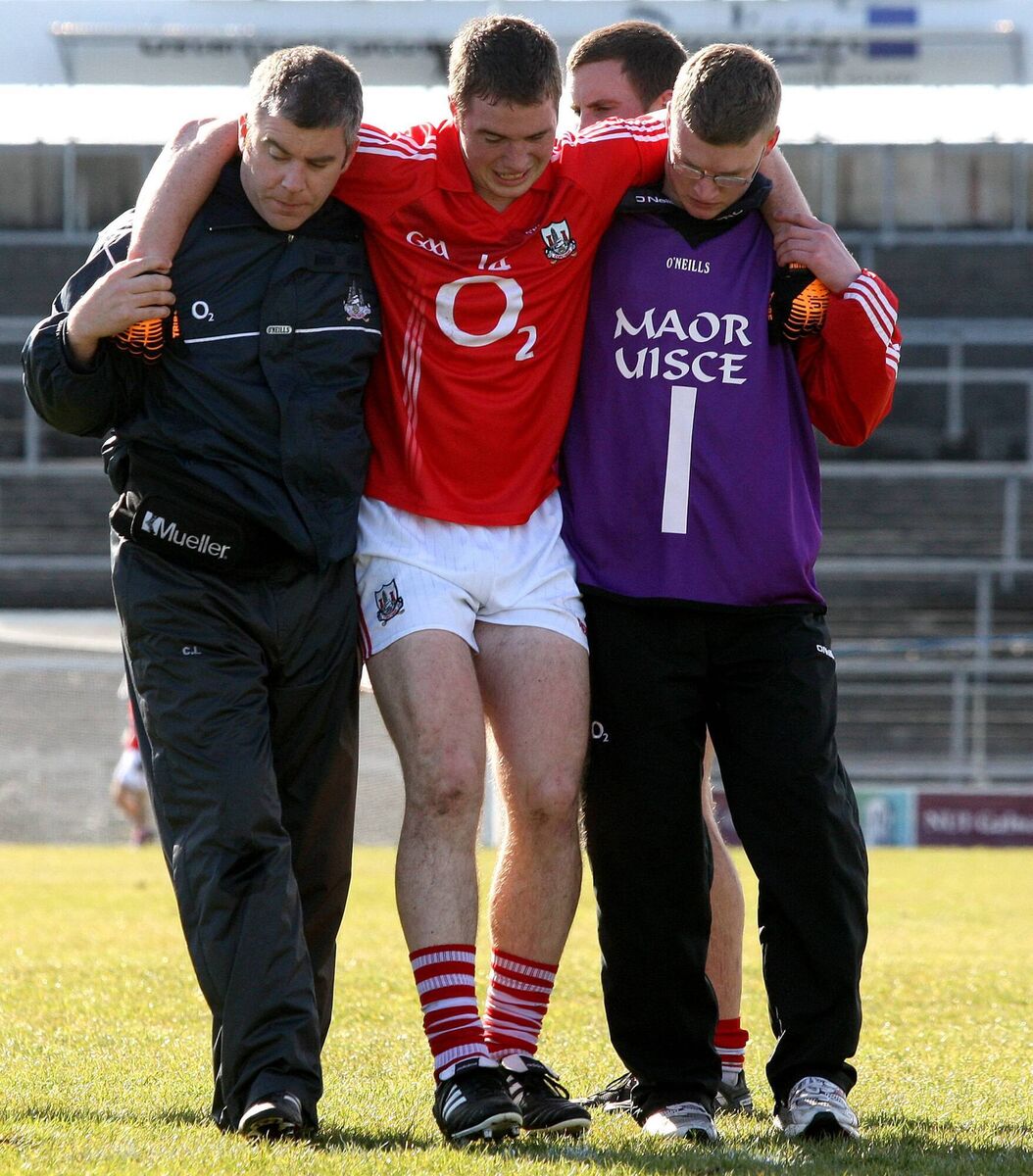
Those numbers underline Burke’s mental resilience, but it also showcases the huge challenge now facing Quaid to make it back in time, and in the best shape possible, by next June.
When Thibaut Courtois, the Belgian and Real Madrid goalkeeper, tore his ACL in August 2023, it took him nine months before he played again in May 2024. That recovery was interrupted in March when Courtois suffered a rupture of the internal meniscus in his right knee.
Courtois is one of the best players in the world and had full-time access to the best medical attention at one of the best clubs in the world. So is it possible for an amateur player like Quaid to come back two months earlier than Courtois, like Burke managed?
Making sure they are still in the championship by June is a whole different challenge again for Limerick with arguably their most important player sidelined with an ACL.
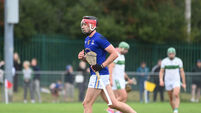

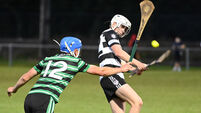
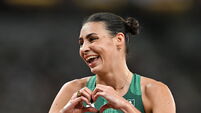
![IMG_2047[1].JPG Glanmire junior footballers still in with chance after beating Bishopstown](/cms_media/module_img/9559/4779758_1_teasersmall_IMG_2047_5b1_5d.jpg)

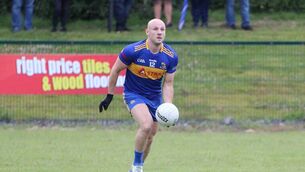



 App?
App?







